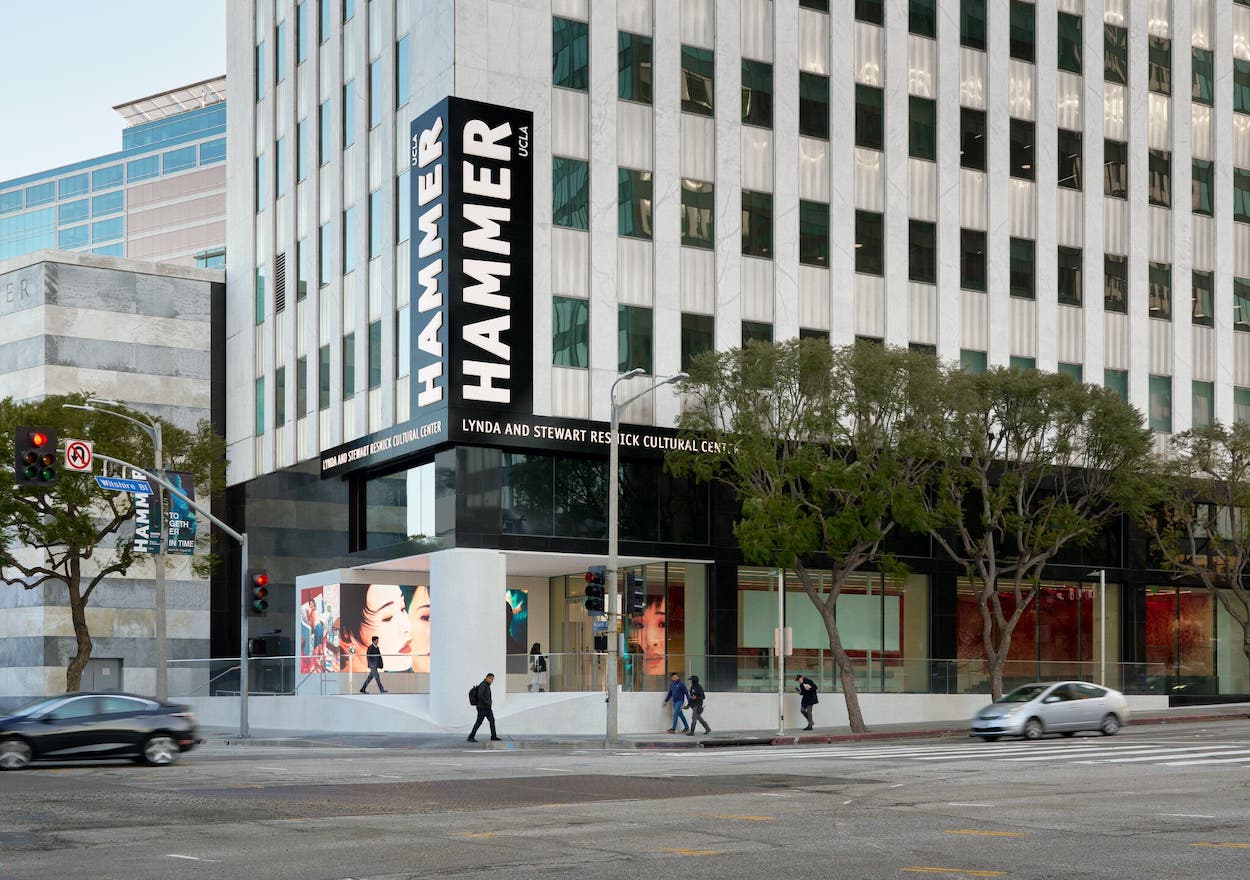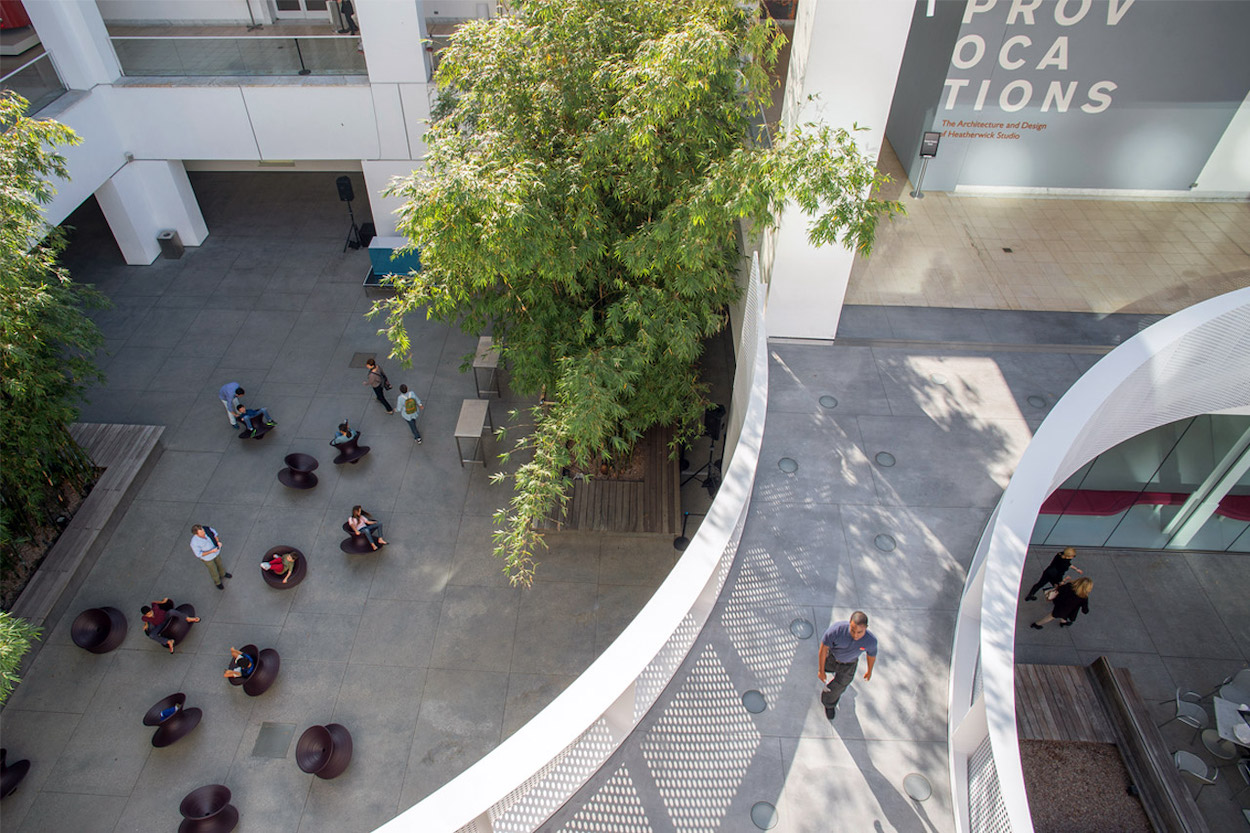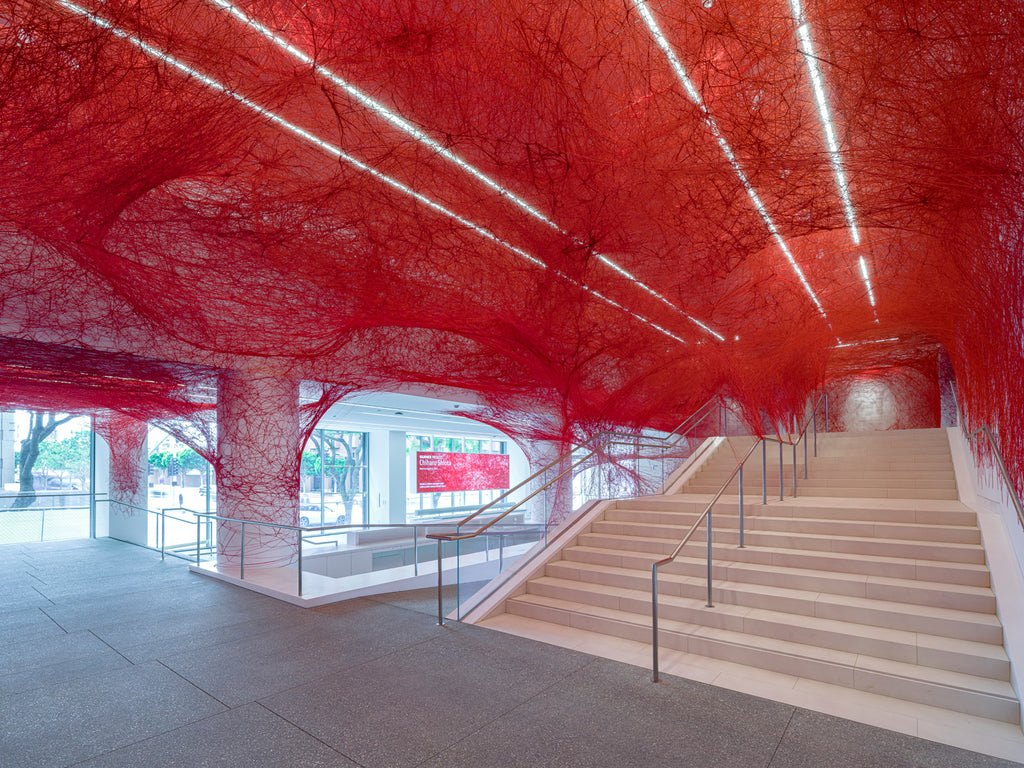In the late ‘90s, when Ann Philbin reluctantly agreed to leave her post at The Drawing Center in New York to spearhead the relatively young Hammer Museum, Los Angeles wasn’t regarded as a hub for world-class cultural institutions. But the enterprising Philbin saw potential in her new city and the little-known museum, which business magnate Armand Hammer launched eight years earlier in an unassuming Westwood Village building owned by his company Occidental Petroleum to show off his prized collection of Impressionist paintings and European artworks dating back to the Renaissance.
In the quarter-century since, Philbin has dramatically transformed the Hammer Museum, now owned by the University of California, Los Angeles, into a formidable player in the city’s cultural sphere. Beyond acquiring 4,000 pieces of boundary-pushing contemporary art and significantly reorienting its mission, Philbin has tripled the museum’s staff, quadrupled its annual budget, and increased its endowment from $35 million to $125 million. She also recently pulled back the curtain on a $90 million renovation by Michael Maltzan Architecture, a firm with a penchant for crafting local landmarks, that sprawled across more than two decades of starts and stops.
Maltzan’s careful renovation befits a long-overlooked museum ready to cement its position on the global stage. He added 10,000 square feet of gallery space, raised ceilings, and created an outdoor sculpture garden, all while respecting the structure’s original footprint. Doors were widened and windows enlarged; stuffy ornate molding that once complemented Monets and Rembrandts has been stripped out. “The museum started exactly the opposite of the way most buildings are designed. Here, we started in the middle and worked outwards,” Maltzan told Hyperallergic. “Now it’s that moment where you can actually come out and greet the city with what you’ve been doing.”
That evolution is also reflected in the museum’s collection, which spans a leading range of film programming in the Billy Wilder Theater and an expansive contemporary collection, some of which appears in the museum’s main galleries for “Together in Time” to debut the redesign. In the lobby, Chiharu Shiota’s giant web of red wool immediately sets a 21st-century tone, as does an eerie green laser-based work by Rita McBride that’s visible from the street level. The monumental Oracle by Sanford Biggers, meanwhile, presides over the corner of Wilshire and Glendon, close to a planned subway stop on the city’s new Purple Line. It cements the museum’s presence and beckons passersby inside to enjoy works by Njideka Akunyili Crosby, Eva Hesse, Karon Davis, Christina Quarles, Derek Fordjour, Robert Gober, and more.
Over the past decade, the Hammer Museum—and by extension, Philbin—has been instrumental in positioning L.A. as a newfound locus for contemporary art that’s giving New York a run for its money. Beyond the recent arrival of blue-chip galleries such as Marian Goodman, Hauser & Wirth, and Tanya Bonakdar, a spate of marquee museums designed by bold-faced architects has dramatically reshaped the landscape. There’s the racetrack-swaddled Petersen Automotive Museum; the breathtaking Broad; and the giant ode to film that is the Academy Museum of Motion Pictures. Underway are two more giants—Peter Zumthor’s controversial LACMA redesign and the perennially delayed Lucas Museum of Narrative Art by Ma Yansong that’s finally starting to take shape. Even Orange County has something to show for itself.


